Description
This authoritative reference on complex traumatic stress disorders (CTSDs) and their assessment and treatment has now been significantly revised with more than 75% new material reflecting a decade of advances in the field. Leading experts delve into ways to understand, engage, assess, and treat adults with complex trauma histories, whose symptoms often include but may go well beyond those of posttraumatic stress disorder. The volume presents cutting-edge theory and research on CTSDs, considers diagnostic controversies, and identifies core elements of effective, culturally responsive treatment. Established and emerging therapies specifically tailored to this population are described and illustrated with vivid case examples. Other highlights are chapters on transtheoretical treatment, the crucial role of professionalism and training, and recognizing and managing vicarious traumatization.
New to This Edition
*Incorporates major advances in research and clinical practice.
*Chapters on additional evidence-based individual treatments: prolonged exposure therapy, cognitive therapy, cognitive processing therapy, brief eclectic psychotherapy, eye movement desensitization and reprocessing therapy, narrative exposure therapy, interpersonal psychotherapy, emotion-focused therapy, and the TARGET recovery model.
*Chapters on additional evidence-based group and conjoint family therapy models: attachment-based couple therapy and integrated treatment of co-occurring CTSDs and substance use disorders.
*Chapters on promising treatments: treatment for structural dissociation, experiential/somatotherapy approaches, mindfulness approaches, and complementary healing therapies.
See also Drs. Ford and Courtois’s authored book, Treatment of Complex Trauma, which presents their own therapeutic approach for adult clients in depth, and their edited volume Treating Complex Traumatic Stress Disorders in Children and Adolescents.

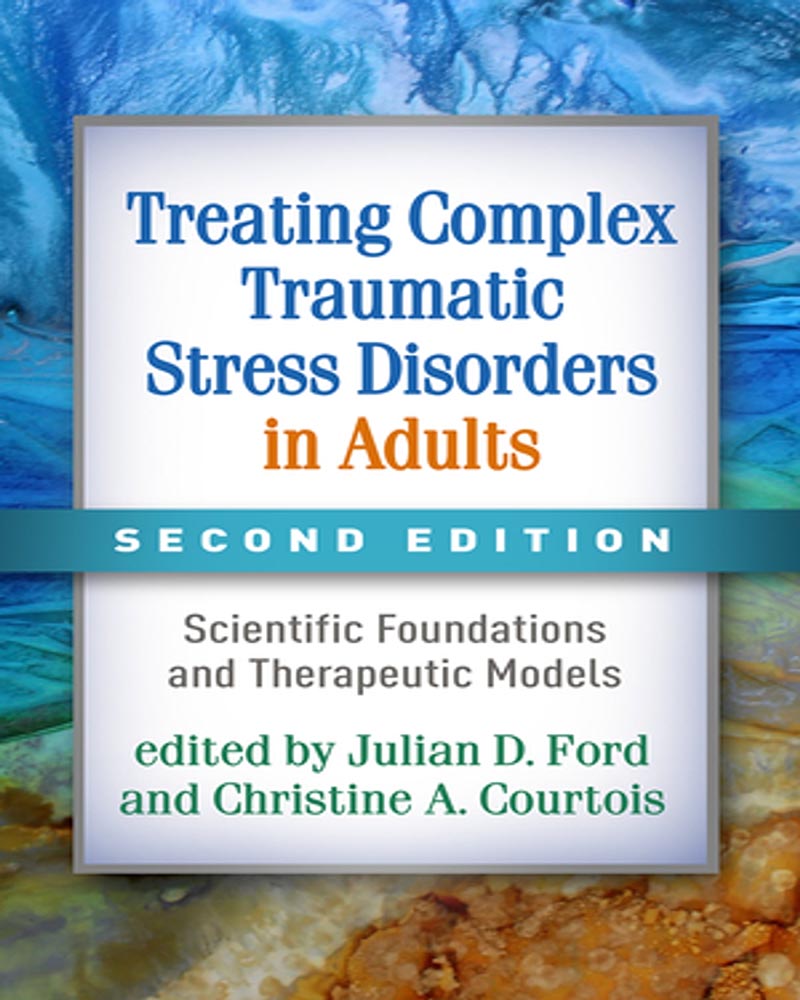




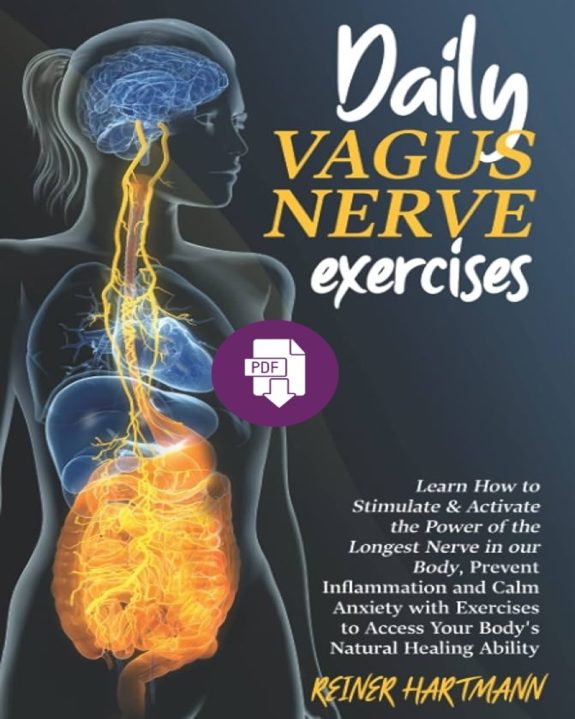



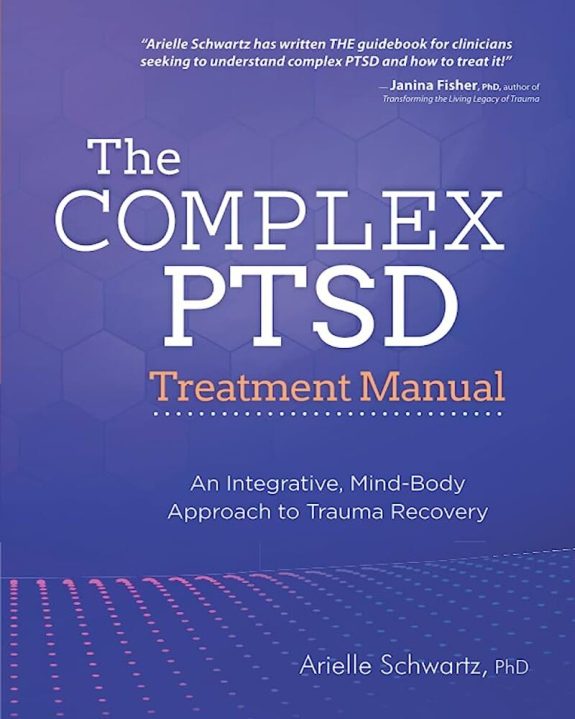

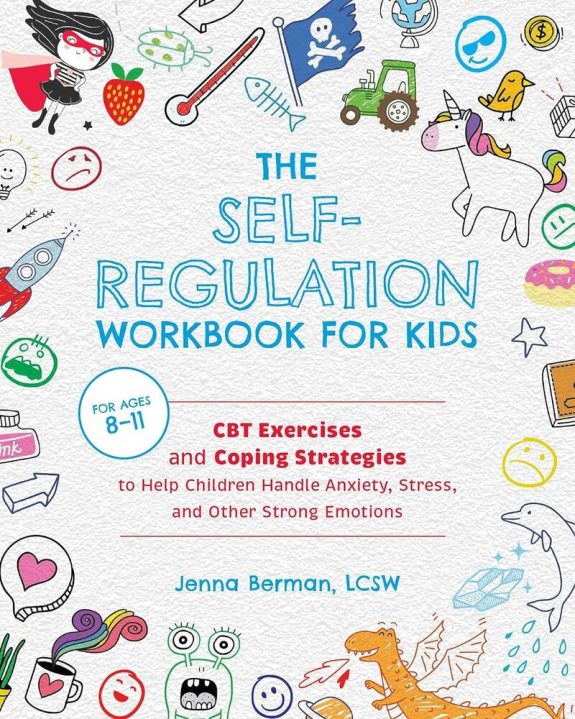

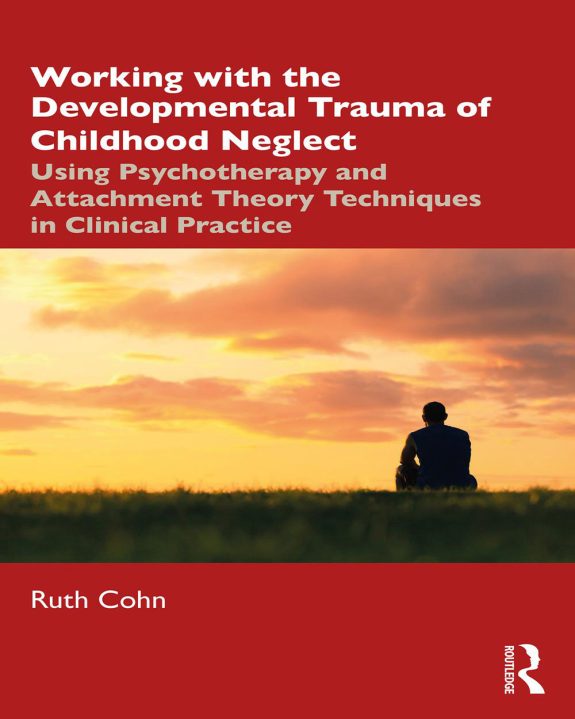
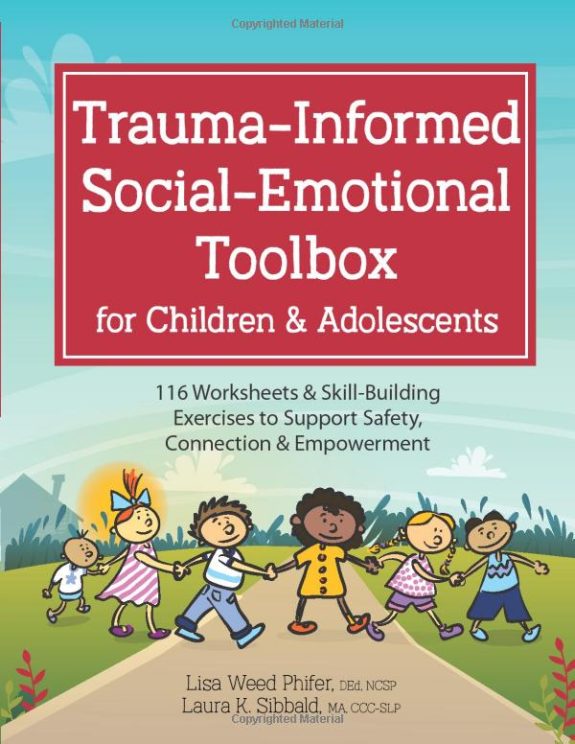


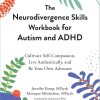

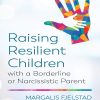
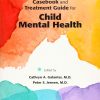
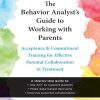
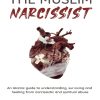

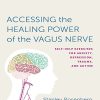
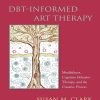





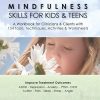
An invaluable collection of articles written, collected and presented by the originators and contemporary experts of C-PTSD. Judith Herman’s erudite opening essay provides the proper epidemiological context in which to compare and contrast this diagnosis with traditional PTSD. After that, the 400 page text moves through the various manifestations of the diagnosis, and even begins the necessary work of establishing the important clinical comorbidities between C-PTSD and Personality Disorders. The inclusion of pioneering PTSD research by the van der Kolks, moreover, remind one of the full breadth of expertise collected herein. All of which reinforces my opinion that this text is, and will continue to be, the seminal clinical textbook on C-PTSD for some time to come.